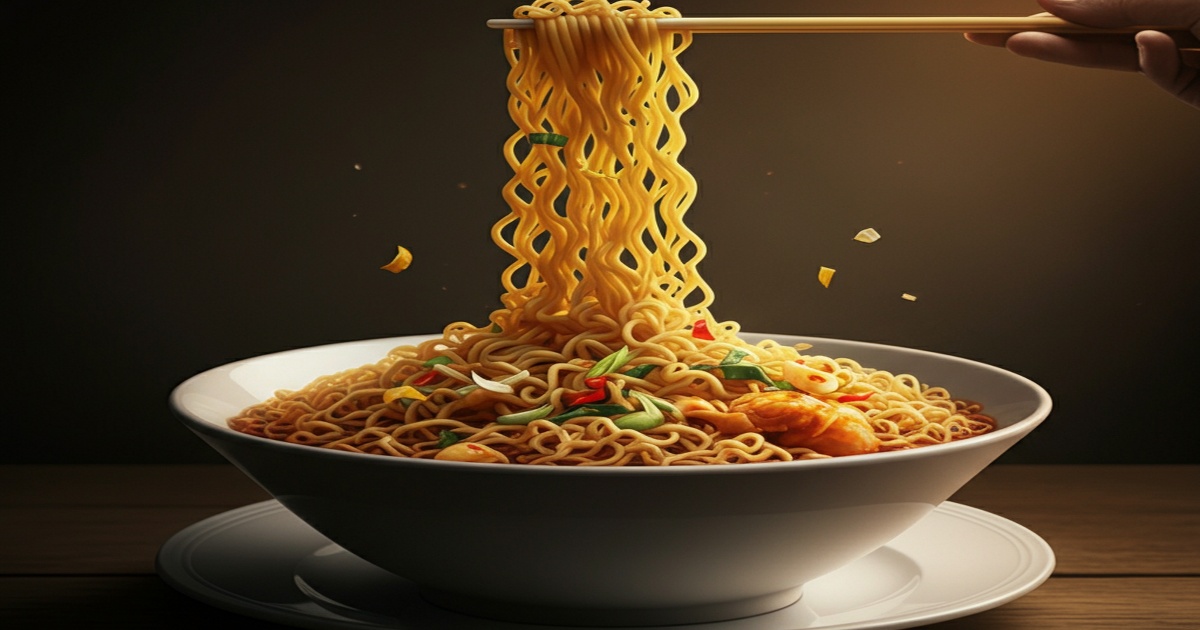Japanese consumers are increasingly shifting away from high-priced rice, opting for noodles and other cost-effective food staples. This trend suggests a potential shift in dietary habits across the country, according to retailers and industry experts. Supermarkets and convenience stores are responding by expanding their offerings of non-rice items to cater to price-conscious consumers.
Major supermarket chains, such as Ito-Yokado, are expanding their combination meals that pair udon noodles with rice bowls. While traditional options like tempura rice bowls remain popular, the company has introduced new choices, including sauce katsu-don and karaage-don, which are priced affordably and have been selling well.
Ito-Yokado is also enhancing its standalone noodle dishes. One successful example is the Bara-ten Himokawa Udon, a regional specialty featuring wide, ribbon-like noodles with tempura. This dish, priced similarly, has become a top-selling noodle item due to its novelty, affordability, and generous portion size. The company continues to introduce new options, such as Neapolitan pasta, prepared in-house to maintain low production costs.
This trend is part of a broader industry shift, with retailers diversifying their ready-made meal offerings due to persistently high rice prices. Convenience store chain Lawson Inc. launched a series of combo meals that combine two popular dishes in a single container, which have been very successful. Lawson also introduced the Okazu-don! series, rice bowls with smaller rice portions and more noodles and side dishes.
Other alternatives to rice are also gaining popularity, such as mochi-mugi, a type of barley. Natural Lawson, a health-focused sub-brand, has incorporated mochi-mugi into all of its chilled bento meals.
The trend is expected to continue. Pasta and pasta sauce shipments have seen significant growth. Pasta's versatility in flavor combinations makes it an appealing choice for consumers. Some supermarkets are even directing customers to the pasta aisle due to rice stock-outs.
Sales of pasta-related products have surged. Even simple noodle condiments are experiencing increased demand. A standout performer was the Hakata Mentaiko Udon.
AI-driven modeling forecasts that retail rice prices could remain high in the coming years. Sustained high prices may lead consumers to reduce rice consumption, switch to cheaper brands, or increasingly choose alternative staples. This could also impact the food service industry, potentially leading to a decline in dining out.







5 Comments
Eric Cartman
Why is it always about the price? Quality should never be compromised in our diets.
Stan Marsh
Mochi-mugi sounds interesting! I love when retailers introduce healthy alternatives.
Habibi
Who doesn't love a good bowl of udon? Supermarkets are finally acknowledging our cravings!
Comandante
Noodles are fine, but they don't have the same nutritional value as rice. Are we sacrificing health for cost?
Donatello
Rice has always been part of my family's meals. It’s sad to see it lose prominence in modern diets.